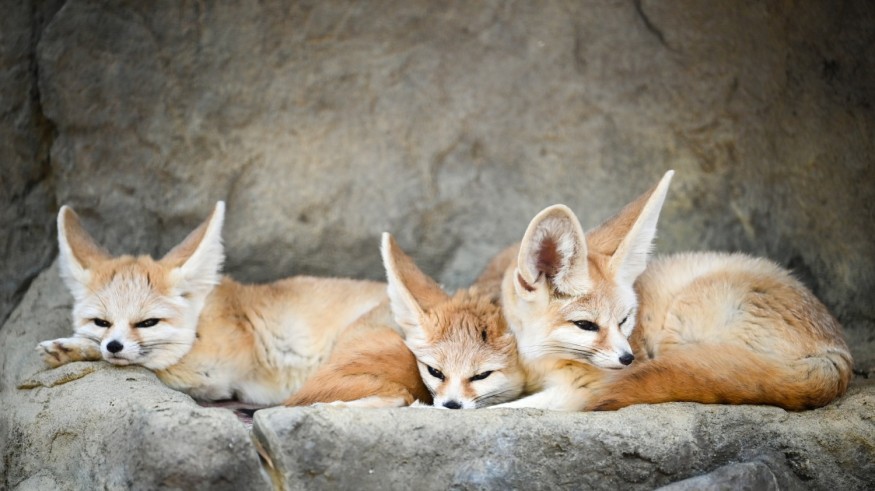Desert animals are known to be some of the species in the Animal Kingdom to have adapted to arid regions with harsh conditions like hot temperatures, extreme dry conditions, and the relative lack of water sources. Despite these, there are a variety of animals that have learned to live and thrive in the deserts such as wild ants, birds, cats, hares, foxes, jackals, lizards, locusts, spiders, snakes, and others.
These animals are sometimes called "xerocoles" or "xerophilic animals" which pertain to organisms that have evolved to withstand desert-like environments. The term "xerocole" came from the Greek words "xero" which means dry and "kolein" which translates to inhabit. Millions of years of evolution is the main contributing factor that allowed desert animals to develop their current anatomy conducive for desert habitats.
Desert Animals

Desert wildlife experts point out that animal survival in the desert is all a matter of avoiding heat and retaining body water as much as possible as much as possible. Although camels are some of the most known survivors of the arid regions, other animal species are also capable of surviving the desert, characterized by its scorching heat, low rainfall precipitation, and moisture deficit.
The following list below are some of the wide-ranges of desert animals found in different parts of the world, especially deserts in the tropic and subtropic regions:
- African wild dog
- Arabian wildcat
- Fennec fox
- Elephant
- Cheetah
- Curve billed trasher
- Black-chinned hummingbird
- Coachwhip snake
- Fire ant
- Brown recluse spider
- Desert tortoise
How Do Desert Animals Survive?
There are various adaptive behaviors that desert animals use to survive. For instance, camels are known for storing large volumes of water due to their humps. In addition, desert tortoises can burrow to escape the heat from the Sun and store water in their bladder. Furthermore, fennec foxes are also great examples of how xerophilic animals survive, including their heat-regulating ears and fur-covered feet.
According to desert wildlife authorities, including the National Park Service (NPS), some of the common behaviors that explain how animals in the desert survive is being nocturnal. This means that instead of sleeping for most of the year, many animals choose to be active at night and rest during the hot summer days, in a phenomenon called nocturnal wildlife.
Furthermore, some animals have also evolved to drink less water compared with their counterparts living in habitats with abundant freshwater, an advantage that is hardly seen in the world's deserts, particularly in the Middle East and the Sahara Desert in Africa.
Xerophilic Animal Evolution
Aside from the heat-adapting behaviors possessed by desert animals, evidence suggests that such survival is mostly due to the evolution of the xerophilic animals, including having large ears to dissipate heat and having light-colored fur coats to reflect sunlight.
In a 2021 study entitled Life in Deserts: The Genetic Basis of Mammalian Desert Adaptation published in the journal Trends in Ecology & Evolution, researchers examined the genomics of adaptation to desert environments, a subject matter that is a rapidly growing research field. In particular, the study highlights how pressures of extreme temperatures, aridity, and water and food deprivation allowed mammals to adapt.
© 2025 NatureWorldNews.com All rights reserved. Do not reproduce without permission.





